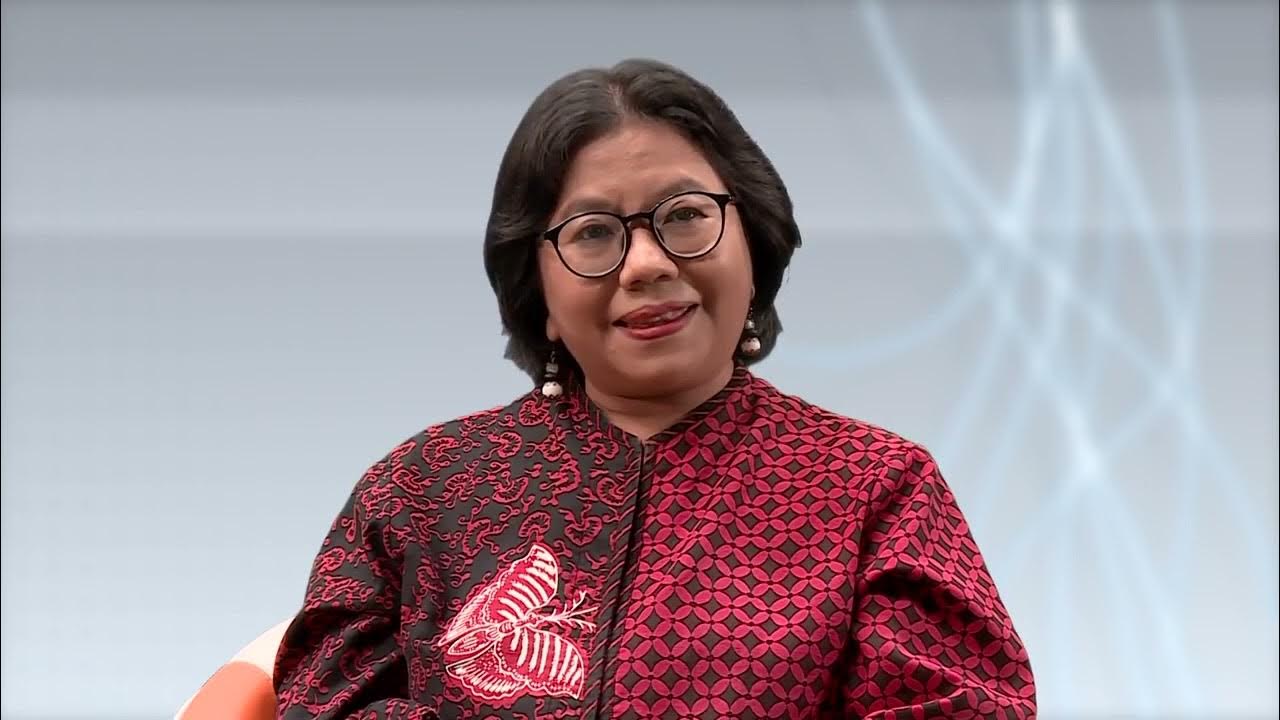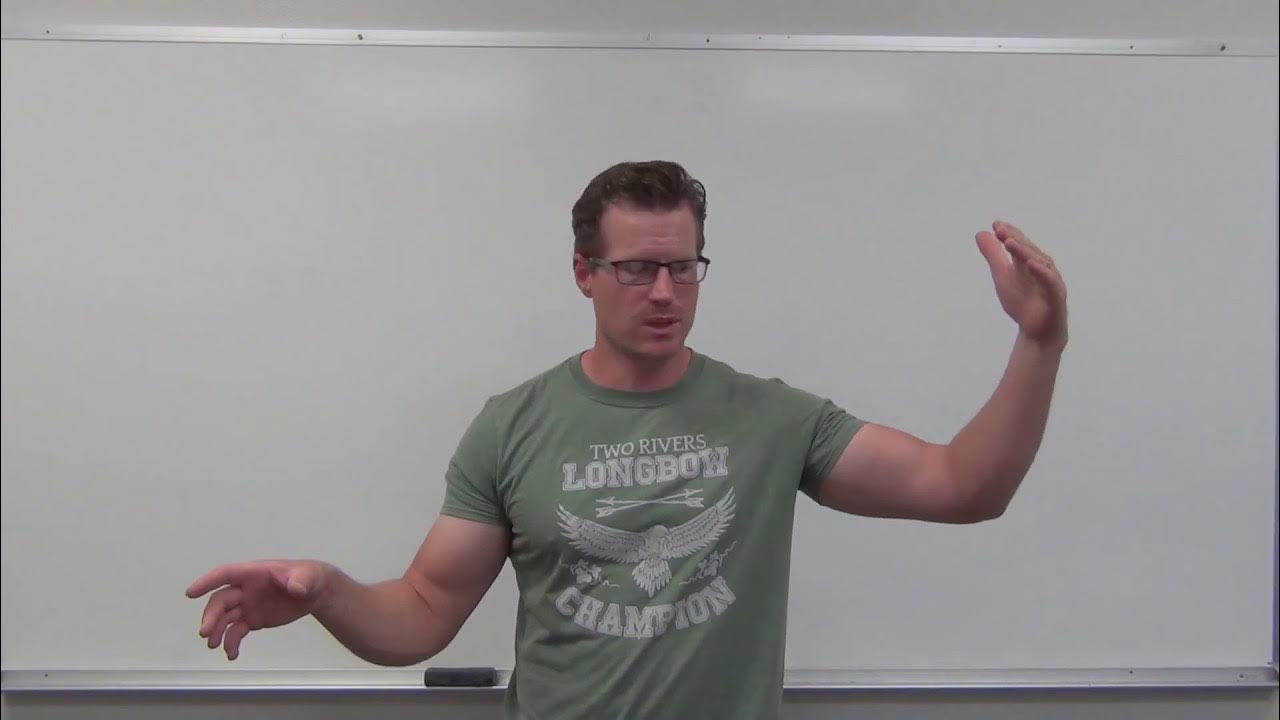Tips & Strategies for Effective Differentiation & Instruction.wmv
Summary
TLDRThis video from Smart at Math explores effective differentiation in teaching, highlighting three key areas: presentation, process, and product. It emphasizes the importance of adapting instruction to meet diverse student needs through various teaching methods, assessment strategies, and collaborative activities. The video offers practical tips for preparation, organization, and setting clear expectations, encouraging educators to start small and gradually implement differentiation strategies. By fostering an inclusive learning environment, teachers can enhance student engagement and success, making differentiation an essential tool for effective instruction.
Takeaways
- 😀 Differentiation is essential for supporting diverse learners in the classroom.
- 📚 The 'three Ps' of differentiation are Presentation, Process, and Product.
- 👩🏫 Presentation methods can be teacher-centered or student-centered, allowing for various instructional approaches.
- 🤝 Cooperative learning and small group instruction foster collaboration and help students learn from one another.
- 📝 Pre-assessment is crucial to gauge students' existing knowledge before planning lessons.
- 🛠️ Differentiating the Process involves using varied activities, such as stations, independent contracts, and discovery learning.
- 🎨 Students can demonstrate their understanding through various Products, including projects, presentations, and creative expressions.
- 🗂️ Preparation and organization are key to successfully implementing differentiation in the classroom.
- 📋 Clear expectations and behavior norms help students understand what is required of them during differentiated instruction.
- 🌱 Start small with differentiation strategies to avoid burnout and build confidence in managing diverse learning needs.
Q & A
What are the three ways to differentiate instruction?
-The three ways to differentiate instruction are presentation (how it is taught), process (how students engage with the material), and product (how students demonstrate their knowledge).
What types of instructional methods can be used for presentation differentiation?
-Instructional methods for presentation differentiation can include whole class instruction, small group instruction, cooperative group work, and stations for student-centered activities.
How can teachers accommodate different learning styles in direct instruction?
-Teachers can accommodate different learning styles by using alternative note-taking methods, providing printed notes, incorporating manipulatives, and ensuring that visual, auditory, and hands-on learning opportunities are available.
What is the importance of pre-assessment in differentiation?
-Pre-assessment is crucial as it helps teachers determine students' existing knowledge, which guides the differentiation process by identifying what to teach and how to group students.
What are some effective strategies for managing student groups?
-Effective strategies for managing student groups include creating ability-based groupings for remediation or enrichment, fostering cooperative groups for project-based learning, and clearly defining roles and responsibilities within each group.
How can teachers prepare and organize their materials for differentiation?
-Teachers should prepare materials by organizing them into accessible formats, providing clear directions, planning for acceptable noise levels, and arranging the classroom to facilitate movement and group work.
What role do expectations and behavior norms play in differentiation?
-Clear expectations and established behavior norms are essential for ensuring that students understand what is required of them during differentiated activities, which promotes accountability and smooth classroom management.
What is meant by 'starting small' in the context of implementing differentiation?
-'Starting small' means gradually introducing differentiation strategies, such as beginning with fewer groups or simpler activities, to avoid overwhelming both the teacher and the students while allowing for effective implementation.
How can students demonstrate their knowledge through differentiated products?
-Students can demonstrate their knowledge through various products, including traditional assessments, written reports, artistic projects, oral presentations, PowerPoint presentations, or skits, catering to their strengths and interests.
Why is it important for teachers to assess and reflect on their differentiation strategies?
-Assessing and reflecting on differentiation strategies is important for teachers to evaluate the effectiveness of their approaches, make necessary adjustments, and continuously improve student learning outcomes.
Outlines

This section is available to paid users only. Please upgrade to access this part.
Upgrade NowMindmap

This section is available to paid users only. Please upgrade to access this part.
Upgrade NowKeywords

This section is available to paid users only. Please upgrade to access this part.
Upgrade NowHighlights

This section is available to paid users only. Please upgrade to access this part.
Upgrade NowTranscripts

This section is available to paid users only. Please upgrade to access this part.
Upgrade Now5.0 / 5 (0 votes)





